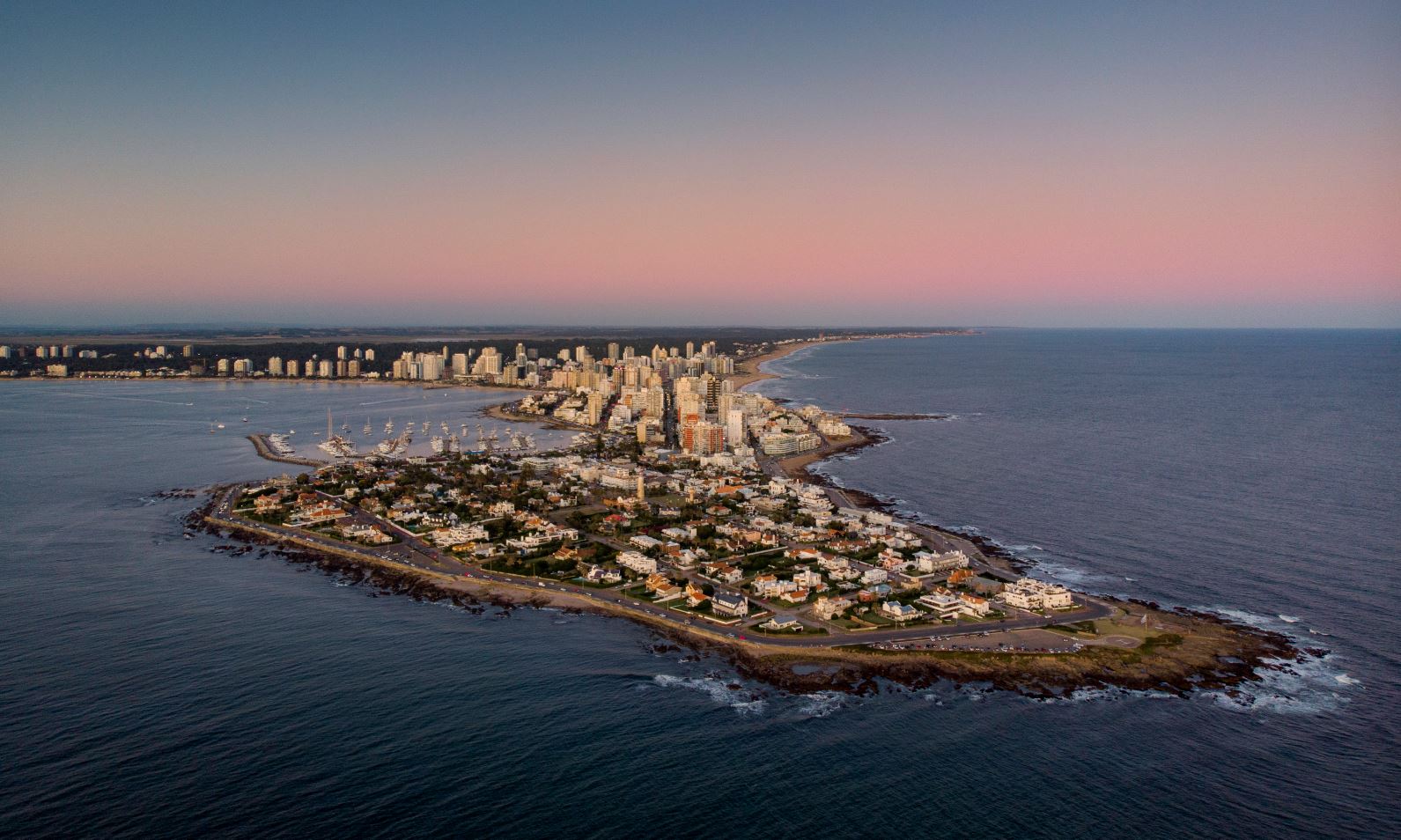The number of residences requested by Argentines to settle in Uruguay, which reached a record of 12,489 applications in 2021, slowed down in the first seven months of this year.
Still, according to data and projections of the Uruguayan Foreign Ministry reported in an extensive article in the newspaper El Observador, it would reach just under 7,500 applications by the end of the year, well above the number recorded in any year before the coronavirus pandemic.
The Uruguayan newspaper states that the number of applications had gradually decreased from 2015, when it reached 4,237 requests, until 2018, when 1,482 were registered.

The following year, 2019, there was a slight increase to 2,043 requests for applications, and the numbers exploded in the first two years of the coronavirus pandemic: 6,816 in 2020 and 12,489 in 2021.
In turn, this year, the Uruguayan chancellery projects that to the 4,892 applications already submitted by Argentines wishing to emigrate to settle there, another 3,495 will be added between August and December, which would result in a total of 8,387 applications, much more than any year before 2020.
The migratory phenomenon, says the note, has turned Punta del Este from a “beach town” into a “year-round city”.
Traffic congestion, says Soledad Laguarda, director general of urban planning for the Maldonado municipality, reflects a “boom” of foreigners, of which Argentines are the main contingent.
INNOVATIVE POTENTIAL
The rate of requests for Argentines to settle dropped from 40 per day in 2021 to 23 in the year’s first seven months.
Argentines mostly settle in Montevideo, in the private neighborhoods of Canelones or Punta del Este and its surroundings.
Even though the numbers “do not move the needle” of the economy, they dynamize some services “and, above all, they may have a potential in innovation,” the article quotes Matías Brum, associate professor at the Institute of Economics of the University of the Republic, who refers to the contributions of the Austrian economist Joseph Schumpeter.
“The mere fact that new people come, with new ways of doing things, can be a great contribution,” says Brum.
MUCH MORE THAN TOURISM
Luis Lacalle Pou’s government is not standing still when attracting Argentines.
For tourism purposes, it will no longer require a Covid vaccination certificate to enter the country, and -more importantly- from September 1 until April 30, 2023, Argentines traveling to Uruguay will be exempted from paying VAT on different services such as gastronomy, car rental, and party catering.
In addition, there will be a 10.5% refund of the amount spent on real estate rentals for tourist purposes and a 30% discount on fuel for cars and vehicles with foreign license plates.
In a way, Uruguay is trying to balance the boom of Uruguayan tourists to Argentina due to the cheapness of the service.
However, the migratory boom goes far beyond the tourist phenomenon, to the point of having changed some local customs.
Maldonado’s director of urban planning, Laguarda, says that it was very difficult to find a bar or café open in the middle of winter, but now they are open all year round.
Perhaps the influx of Argentines is most noticeable in the educational centers. At the “International College”, says the article, the number of Argentine students exceeds Uruguayans.
“Before the pandemic, there were about 50 Argentine students, and now there are about 220″ El Observador quotes Rolando Rozenblum, CEO of the institution, where Argentines already make up 45% of the enrollment.
ALSO FROM THE INTERIOR OF ARGENTINA
The initial influx was mainly from large urban centers like Buenos Aires and Rosario.
An “interesting” aspect, according to Rozenblum, is that there are many inquiries from people from the interior of Argentina. These, he says, “come with a more medium-term planning.”
Their motivation transcends the initial effervescence or escaping the prolonged confinement of the initial stage of the pandemic. Now, instead, says Rozenblum, “they compare pros and cons, check prices, and enroll their children for next year.”
The phenomenon should be measured by the number of settlements and the profiles of those who arrive since they are entrepreneurs and economically active populations.
Francesca Magno, manager of the Residency and Immigration division of the Andersen law and tax advisory firm, explained to the Uruguayan media that “the legal, economic and political stability has made Uruguay a differential for years, but now this has an extra value that is appreciated by Argentines, Europeans, Canadians, and US-Americans.
In addition, Magno estimates that the “boom” will continue and points out that the phenomenon should not be measured only by the number of settlements but by the profiles of those who arrive since they are entrepreneurs and economically active populations.
Another source quoted is Juan Carlos Sorobigarat, owner of a real estate company, who added that those who come to Uruguay no longer do it just for the summer or to rest but are motivated by the tax residence and by the Uruguayan government’s control of the pandemic.
A concrete example of the weight of the Argentinean flood is that next October 7, the “Trump Tower” will be inaugurated: 80% of the apartments have already been sold, and 60% to Argentinean citizens.
Something similar, the article adds, is happening in the Le Parc complex, which has already planned its fifth tower.
With information from Infobae

